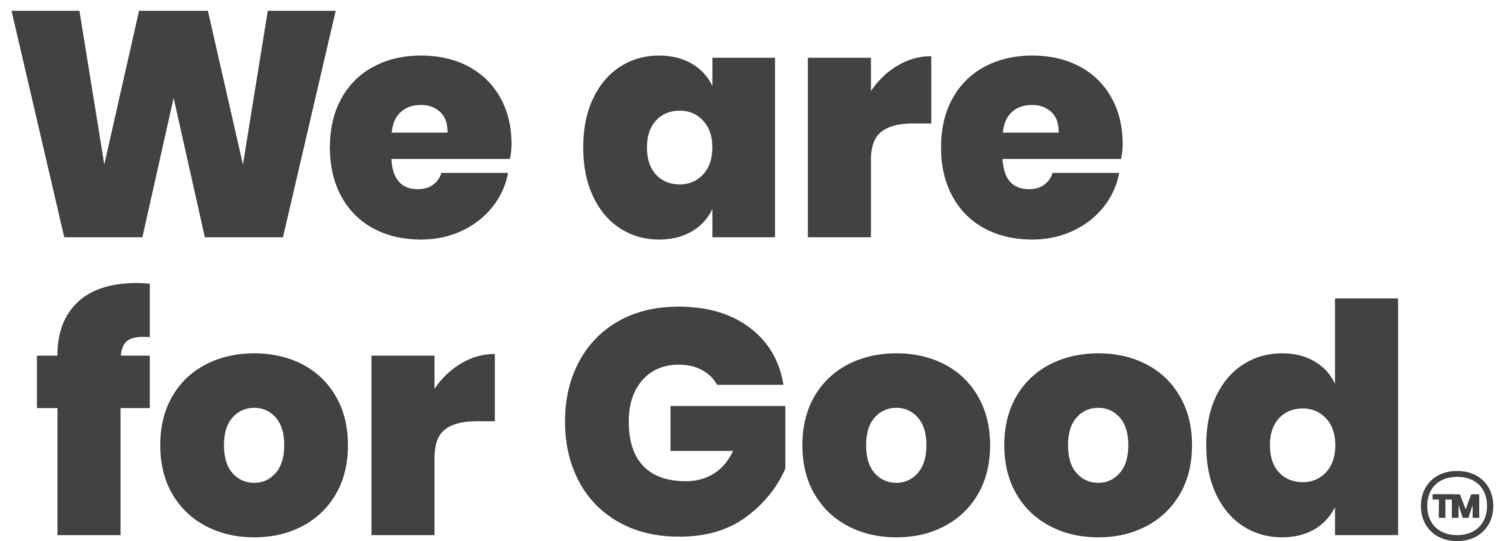5 Steps to Build a Community Outreach Strategy That Works
5 Steps to Build a Community Outreach Strategy That Works
Your nonprofit’s community is essential for sustaining your mission. With effective outreach, you can create a win-win by aiding your local community while spreading awareness of your nonprofit’s work.
To really deepen your community relationships, you need an informed outreach strategy. In this guide, we’ve pulled together five actionable steps to enhance your outreach efforts. These steps are as follows:
Pay attention to community needs
Create measurable goals
Choose relevant solutions
Join forces with other organizations
Finalize your outreach schedule
According to NXUnite’s community outreach guide, sincere outreach requires “transparency and genuine interest from your nonprofit.” This means you have to “show community members that you care about them and are invested in being a positive force for good in the local area.” Let’s look at how these steps can help you achieve this goal!
1. Pay attention to community needs
When planning your community outreach, it can be tempting to rely on previous engagement efforts or tried-and-true ideas. However, to make an impact, you need to think big and meet your community members where they are.
Uncover how your organization can provide meaningful help by asking these questions:
What challenges is your local community facing? Look into recent data, news sources, and consider interviewing community leaders to understand your area's top challenges. This way, your organization can plan its outreach to address the most pressing problems.
What gaps exist in the programs or services that are currently available? Maybe your community benefits from existing programs, but that doesn’t mean they can’t be improved. Perhaps your community has access to educational programs that can be enhanced to be more inclusive and meet individual learning needs.
How can I engage my community to address these needs collectively? After identifying primary needs, consider ways you can engage the community to take the next steps. Gather feedback from existing committees or focus groups to make ensure your community feels heard and valued.
Being attuned to your community’s evolving needs is the foundation of successful outreach. By keeping tabs on gaps and structuring your efforts to address them, you’ll pave the way for a more collaborative environment focused on driving positive change, all while boosting your nonprofit’s visibility.
2. Create measurable goals
Before you implement your community outreach plan, you need to draft measurable goals. Start small to build momentum as your organization engages with the community more. Here are a few goal-setting tools to keep handy:
SMART framework: Keep your community outreach goals specific, measurable, achievable, relevant, and time-bound for best results. That way, instead of relying on vague goals like “increase community engagement,” you can have a SMART goal like “Recruit 60 community volunteers to help in the environmental cleanup in two months.”
Benchmarks: Establish baseline measurements to keep your team on track. For instance, if your goal is to improve community health and wellness, you could plan to host several outdoor fitness days by the end of each month.
KPIs: Key performance indicators provide quantifiable metrics to gauge success. If your goal is to increase employment rates, your KPIs might be related to job training access and job placement rate.
Having these goals parsed out ahead of time will help your team better allocate resources, so you can measure impact and course-correct if needed.
3. Choose relevant solutions
Use methods that make sense for your organization and the community's needs. Make sure to identify solutions that are accessible to everyone and make it easy for them to get to know your nonprofit’s work. Depending on your outreach goals, you could begin by offering:
Workshops and training. Offer hands-on opportunities for community members to give back. This could include practical training for homelessness outreach or recycling 101 workshops to inform community members of environmental initiatives.
Fundraising events. Dinner parties, cookouts, car washes, auctions, and even gala dinners can easily kill two birds with one stone, so to speak, by developing community relationships and raising funds for your cause. Structure a fundraising event that your community members would enjoy. For instance, a community with many young families might enjoy a sports fundraising field day.
While planning these community events, keep an active social media presence to expand your reach and offer real-time engagement opportunities for members who could not attend or are interested in learning more about your work. For instance, you could livestream a fundraising concert and follow up with an Instagram and blog post detailing the outcomes and your thoughts following the event.
4. Join forces with other organizations
One of the best ways to maximize your community impact is by working alongside other organizations. They can benefit from a larger nonprofit’s experience and expertise, and you can benefit from spreading your cause. Here are a few ways you can expand your network:
Tap into CSR opportunities. Common corporate social responsibility efforts include volunteer grants and matching gift opportunities. Both of these can help you gather financial and volunteer support.
Team up with other nonprofits. Nonprofits have the same goal — to increase social good. Look for other nonprofits in your area that you can partner with to meet community needs and spread your collective messages.
Reach out to civic and social groups. Civic organizations, clubs, and social groups such as PTAs, governments, faith-based organizations, or environmental groups can provide meaningful assistance, such as funding through event sponsorships, volunteers, or in-kind support.
Reaching out to other groups may also provide additional perks or assistance. For instance, if your organization is focused on environmental community outreach, you could contact local governments for grants, permits, and access to public spaces for your events.
5. Finalize your outreach schedule
Develop a comprehensive calendar that details where and when you’ll deploy your community outreach efforts. Consider items such as:
Communication strategy. Discuss how you’ll promote your outreach efforts to spread awareness and deepen relationships. For example, you might produce a community event promotional video to build hype and introduce your organization.
Contingency planning. Have backup plans ready should any unexpected challenges or emergencies arise. For example, a nonprofit planning an outdoor series of community events should have an indoor alternative.
Seasonal trends. Funds2Orgs’ fundraising guide suggests paying close attention to times of heightened generosity, such as holidays and Giving Tuesday, when structuring fundraising and awareness outreach.
When planning your outreach schedule, stay open and ready to adapt to changing community needs. For instance, if your neighboring communities need emergency response aid, consider using your resources to help out. That way, you can provide meaningful help while representing your organization.
Community outreach involves listening to your community while communicating your nonprofit’s mission. Stay tuned to ways to engage, help, and cultivate community relationships by filling needs and showcasing your nonprofit values.

Wayne Elsey, CEO of Elsey Enterprises
Wayne Elsey, CEO of Elsey Enterprises
Wayne Elsey is the founder and CEO of Elsey Enterprises (EE) and a member of the Forbes Business Development Council. Among his various independent brands, he is also the founder and CEO of Funds2Orgs, which is a social enterprise that helps schools, churches, nonprofits, individuals and other organizations raise funds while helping to support micro-enterprise (small business) opportunities in developing nations.

Wayne Elsey, CEO of Elsey Enterprises
